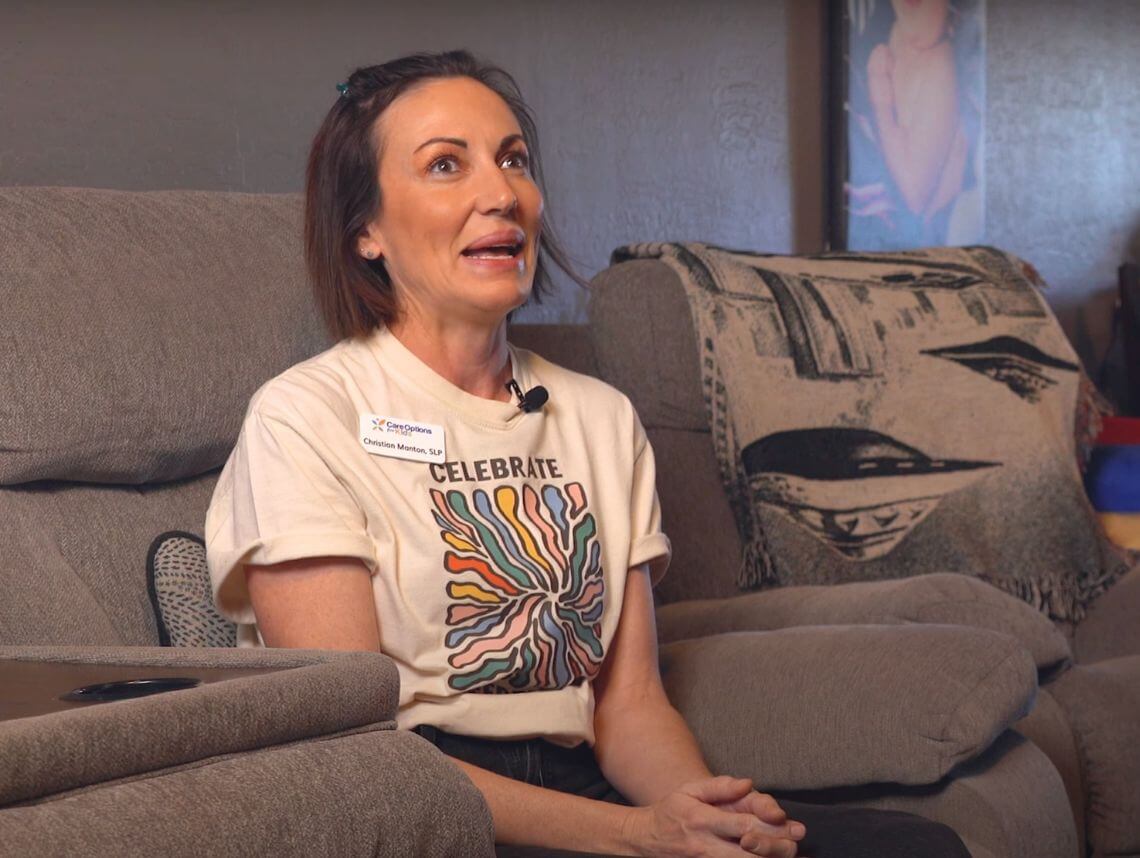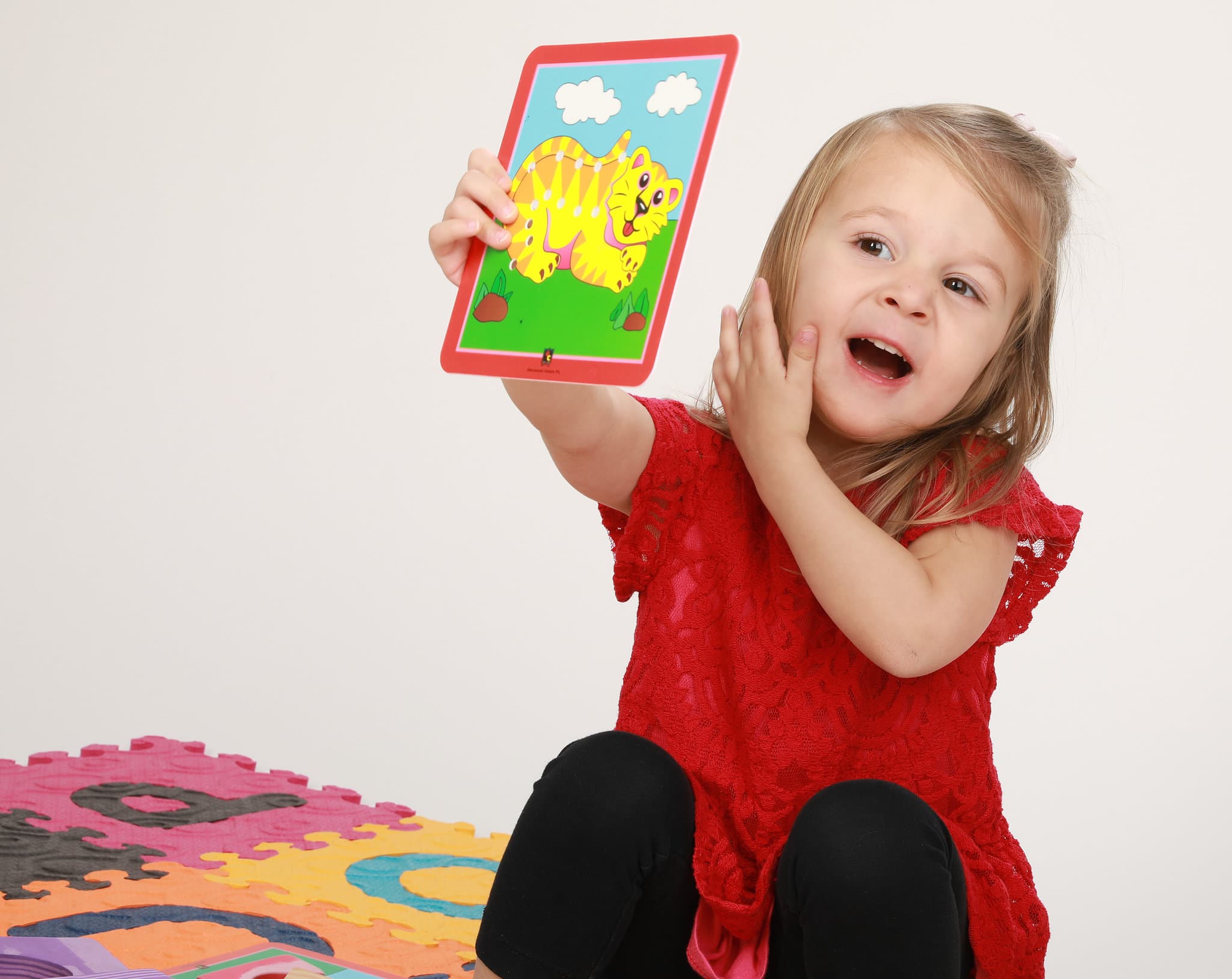Solace Blog
- Activities19
- Autism & Behavioral4
- Community154
- Early Intervention71
- Events & Giving Back20
- Extraordinary Kids22
- Family Caregiver4
- Home Care Therapy60
- News94
- Parent Articles83
- Patient Testimonial21
- Pediatric Therapy77
- Pediatric Therapy Career46
- Private Duty Nursing1
- School-Based Services1
- Telehealth Therapy27
- Tips & Advice66
Summer Reading List: Books to Inspire Therapist Growth
Cooling Off with Aquatic Therapy: Benefits and Best Practices
Sensory Activities For Kids

From School To Home: Christian’s Shift To Impactful Therapy
Speak, Listen, Connect: 6 Communication Strategies for Therapists

Reading and Speech Development
Most people would agree that reading to your child is important. It’s no secret that when a parent or caregiver reads to their child, countless benefits are reaped, including stronger social-emotional connections and a deeper understanding of the world around them. Reading to your child from a young age also has an incredible impact on speech and language development. Reading books enhances vocabulary and ensures kids hear words or phrases they may not otherwise hear.
Things to Look for in Books for Children:
While it is always great to choose a book your little one will enjoy, there are some strategic things to look for when browsing the bookstore or library that can help your child build and strengthen their speech and language skills from birth on:
Bright colors
For starters, look for books that are bright, colorful and interactive. Books with engaging imagery are quick to catch a child’s attention, and one that encourages interaction will help to maintain focus longer. Likewise, books with songs, poems or nursery rhymes are great for little ones because of the focus on rhyme and repetition. Finally, books without words are perfect for babies and encourage the beginning of language development. While there are so many great options for books to read to babies, some favorites include “Pat the Bunny” (touch and feel book) by Dorothy Kunhardt, “Baby Faces” by Margaret Miller and “Look, Look!” by Peter Linenthal.
Simple Sentences
For toddlers, look for books with about one to two sentences per page. A toddler has a relatively short attention span, so simple stories are usually well-received at this age. Often times, toddlers really enjoy hearing stories they can relate to, so books about other children, families or even animals are typically a hit! Lift-the-flap books or pop-up books are interactive and fun, and it certainly does not hurt to add a couple books to your collection that discuss colors, shapes and letters. Check out “Peek-A Who?” by Nina Laden, “Dear Zoo: A Lift-the-Flap Book” by Rod Campbell and “Walter’s Wonderful Web: A First Book About Shapes” by Tim Hopgood.
Tell a Real Story!
For kids that are preschool aged, you can start to venture into books that tell a real story! Characters and simple conflicts are often understood at this age, so feel free to choose something with longer sentences or more words per page. Kids at this age are also starting to form lifelong critical-thinking skills, so books that explain why things are the way they are, or how things work might be especially interesting. Lastly, this is a great time to introduce some classics or books you loved as a kid. Try “The Giving Tree” by Shel Silverstein, “Where the Wild Things Are” by Maurice Sendak and “The Very Hungry Caterpillar” by Eric Carle for some instant favorites.
Share this Post